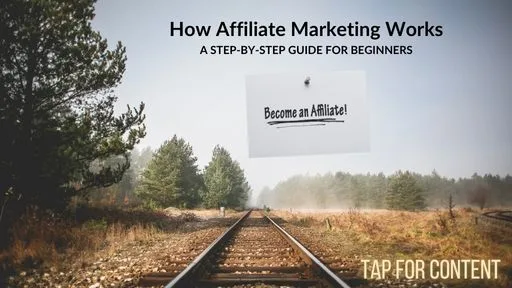Content writing can feel overwhelming, especially when faced with the daunting sight of a blank page. Don’t worry—technology is here to spark your creativity! With ChatGPT, you can write an article quickly and efficiently by leveraging its AI-powered tools to streamline the process.
In this step-by-step guide, you’ll learn how to write articles using ChatGPT, specifically tailored for beginners in affiliate marketing. This guide will help you write articles using AI that resonate with your audience and drive results. By the end, you’ll have a proven framework for creating standout affiliate content while saving time and effort.

How to Access ChatGPT
Getting started with ChatGPT is simple:
- Visit OpenAI’s website: Go to chat.openai.com and create an account if you don’t already have one.
- Sign up: Use your email address, Google account, or Microsoft account.
- Choose a plan: ChatGPT offers a free tier and a paid subscription (ChatGPT Plus) that provides access to GPT-4, faster response times, and priority access during high-traffic periods.
Once you’ve signed up, you can start using ChatGPT to brainstorm ideas, draft content, and refine your writing. We wrote this article with the help of ChatGPT 4o so you can assess its worth.

Frequently Asked Questions (FAQ)
What is ChatGPT?
ChatGPT is an advanced AI-powered language model developed by OpenAI. It uses machine learning to understand and generate human-like text, making it a valuable tool for creating engaging content, brainstorming ideas, and refining your writing. For affiliate marketers, ChatGPT can help you produce high-quality articles, reviews, and tutorials quickly and effectively, saving you time and effort.
Is ChatGPT free to use?
Yes, ChatGPT offers a free tier with limited capabilities, but it also provides a paid version called ChatGPT Plus, which offers enhanced features, faster response times, and access to GPT-4.
Is the paid version of ChatGPT worth the money?
The paid version can be worth it if you need faster response times, more advanced capabilities, or higher usage limits. It’s invaluable for affiliate marketers who need to produce a lot of content.
Is it legal to use ChatGPT to write a blog?
Yes, it is legal to use ChatGPT to write articles. However, always ensure that your content complies with copyright laws and other regulations, especially when including third-party material.
Is it okay for writers to use ChatGPT?
Absolutely. Many writers use ChatGPT as a tool to enhance productivity, generate ideas, or refine drafts. It’s a supplement to your creativity, not a replacement.
Is all ChatGPT output original?
ChatGPT generates content based on patterns in the data it was trained on, but its responses are not direct copies. However, checking for unintentional overlaps or similarities is still good practice.
Do I need to credit ChatGPT if I use it?
You are not legally required to credit ChatGPT, but transparency can build trust with your audience. Clear communication is key to maintaining credibility for affiliate marketers.

How to Write Articles Using ChatGPT
Artificial intelligence has revolutionized content creation, and tools like ChatGPT are at the forefront of this transformation. Learning how to write articles using AI can help affiliate marketers produce engaging, high-quality content faster and with less effort. This guide will walk you through the essential steps to make the most of ChatGPT and ensure your articles resonate with your audience while driving results.
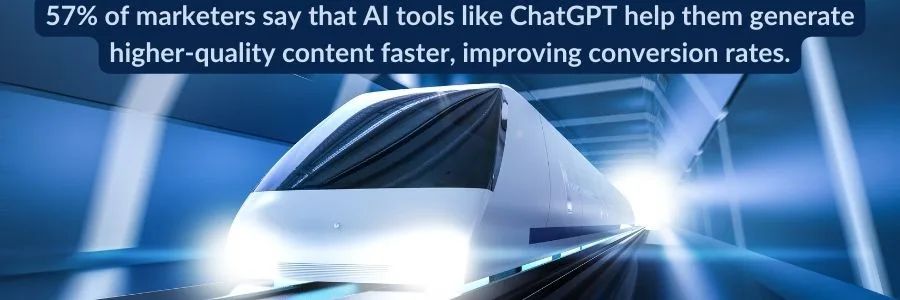
Step 1: Define Your Goal and Audience
Before you start, clarify your purpose. Are you writing a product review, a tutorial, or an informational post to attract clicks? Understanding your audience is equally important. Ask yourself:
- Who will read this article? (e.g., beginner affiliate marketers, potential buyers)
- What do they want to learn or gain? (e.g., actionable tips, honest recommendations)
- How formal or conversational should the tone be?
For instance, if you’re targeting beginners, use a friendly and approachable tone. For product-focused articles, ensure you highlight key features and benefits clearly.
Here are some prompts to help refine your goal and audience:
- Search intent: “What is the search intent behind the keyword ‘best affiliate marketing tools’?”
- Audience demographics: “Who is the target audience for a product like [insert product name]? Provide age range, interests, and pain points.”
- Writing style assessment: “Analyze this writing sample for tone and style. Does it align with a beginner-friendly audience? How can I improve?”
Using these prompts, you can gain deeper insights into your audience and ensure your content meets their needs and expectations.
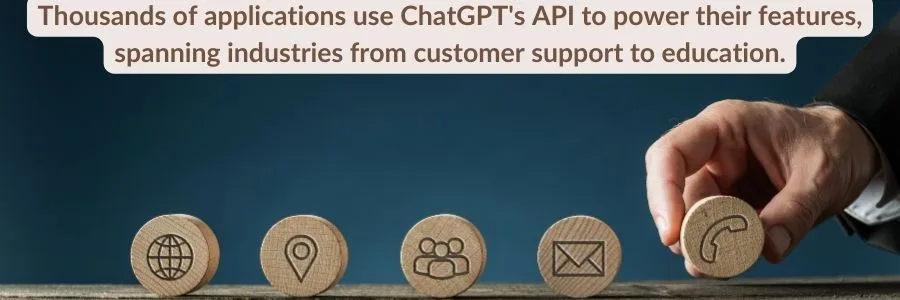
Step 2: Provide Clear Prompts
ChatGPT works best with detailed instructions. Start by giving it a concise yet comprehensive prompt. Include the topic, tone, length, and key points you want to cover. For example:
“Write a 1,000-word blog post on how to use AI tools to improve writing skills. Include practical tips, examples, and a conversational tone.”
You can also ask for a structure, like:
“Outline an article on the benefits of morning routines.”
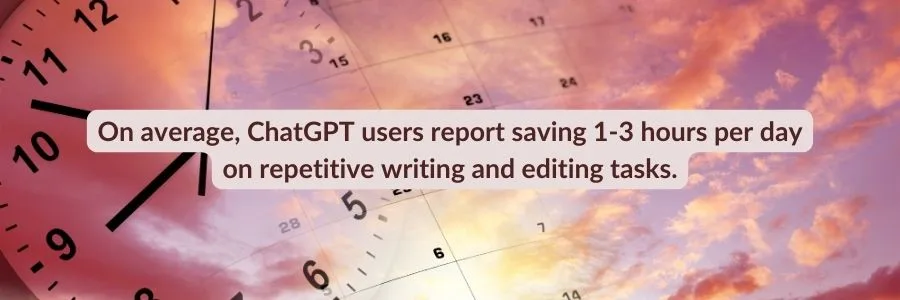
Step 3: Use ChatGPT to Generate an Outline
Ask ChatGPT to create an outline before diving into the full article. A good outline for affiliate marketing might include:
- Introduction
- The problem your readers face
- Your solution or product/service recommendation
- Key benefits or features
- Testimonials, examples, or success stories
- A clear call-to-action
Review the generated outline and tweak it to fit your vision. For example, if the AI suggests three benefits but you want five, adjust accordingly.
Here are some prompts you can use to generate effective outlines with ChatGPT:
- General structure: “Create an outline for an article on [topic]. Include sections for introduction, main points, and a conclusion.”
- Product review outline: “Generate an outline for a product review on [product name], focusing on features, pros and cons, and a comparison with alternatives.”
- Affiliate marketing guide: “Outline a step-by-step guide for beginners in affiliate marketing. Include actionable tips and common mistakes to avoid.”
These prompts help establish a strong framework, saving time and ensuring your article stays organized and focused.
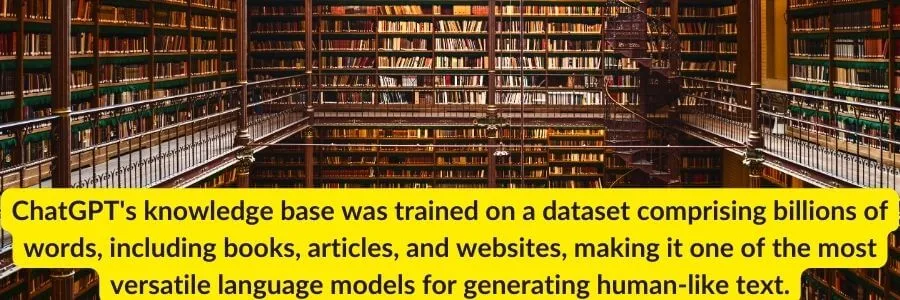
Step 4: Generate Content Section by Section
Instead of asking ChatGPT to write the entire article at once, tackle it one section at a time. This allows you to:
- Maintain better control over the tone and content.
- Add your own affiliate links or insights.
- Ensure coherence and logical flow.
For example, you might start with:
“Write an introduction for an article on how to choose the best affiliate program for beginners. Make it engaging and under 150 words.”

Step 5: Refine and Personalize the Content
ChatGPT’s suggestions are a starting point, not the final draft. Edit the generated content to:
- Add personal anecdotes or success stories to build trust.
- Remove generic phrases or overly formal language if it doesn’t fit your style.
- Ensure accuracy, especially if the article includes data or statistics.
- Highlight why specific products or strategies are beneficial.
- Ensure compliance with affiliate marketing rules, such as disclosure requirements.
Here are some prompts to help refine and personalize your content:
- Adding anecdotes: “Suggest a personal story or example to make this section more relatable for affiliate marketers.”
- Simplifying language: “Rewrite this paragraph in a conversational tone suitable for beginners.”
- Ensuring accuracy: “Double-check the accuracy of these statistics and provide reliable sources if available.”
- Improving clarity: “How can I make this sentence clearer and more impactful for the reader?”
- Enhancing trust: “Add a sentence that explains why this strategy is particularly effective for new affiliate marketers.”
These prompts can help you create authentic, trustworthy content that meets your audience’s needs.
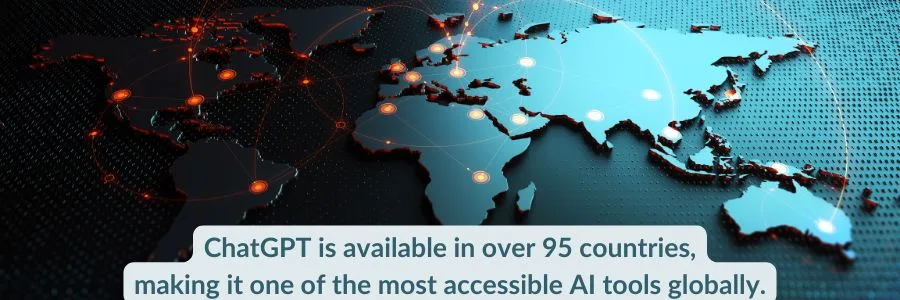
Step 6: Use ChatGPT for Editing and Polishing
Once you’ve drafted the article, ChatGPT can assist you in refining it further. You can use it to:
- Proofread your content: Paste your article or HTML directly into ChatGPT and ask, “Check this article for grammar and spelling errors.”
- Simplify complex sentences: Highlight sections of text and request, “Rephrase this paragraph to make it more concise.”
- Enhance readability: Upload a document or paste sections into the chat and ask, “Suggest ways to make this introduction more engaging.”
This functionality makes ChatGPT a valuable tool for writing, polishing, and perfecting your content.
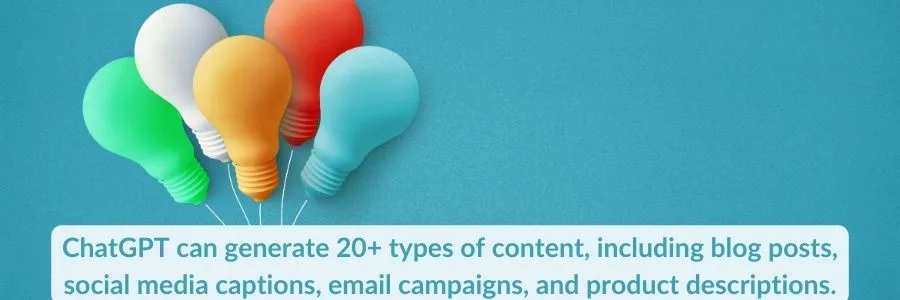
Step 7: Fact-Check and Add Final Touches
While ChatGPT is a powerful tool, it’s not infallible. Always verify facts, figures, and references independently. Use tools like Google Scholar, fact-checking websites (e.g., Snopes or FactCheck.org), or primary source materials to confirm accuracy. Cross-referencing multiple credible sources is key to ensuring your content is trustworthy. Once you’re confident in the content, add finishing touches like:
- Subheadings for better readability.
- Bullet points or numbered lists to break up text.
- Images, graphs, or links to enhance the article.
For affiliate marketers, ensure your links work, and your disclosures are clear.
Tip: Did you know ChatGPT can also help you generate images for your article? Using tools like DALL·E, ChatGPT can assist in creating custom visuals that complement your content. For example, you can ask: “Generate an image description for a blog post on affiliate marketing tools.” Once you have a description, specify the size and orientation of the image, such as: “Prompt: [image description] Size: 1024x1024px (square)” or “Size: 1792x1024px (landscape).” These images are perfect for product comparisons, step-by-step tutorials, or eye-catching thumbnails that draw readers into your content.
Step 8: Optimize for SEO (If Applicable)
To ensure your article ranks well on search engines, follow these SEO best practices with the help of AI:
- Keyword Research: Identify relevant phrases like “affiliate marketing tips,” “best affiliate programs for beginners,” or “how to make money online.” You can ask, “What are the top SEO keywords for affiliate marketing beginners?”
- Meta Descriptions: Generate compelling summaries for search results. For example, ask: “Write a meta description for this article under 160 characters. Ensure it’s enticing and includes a primary keyword.”
- Headlines and Subheadings: Include relevant keywords to make your headings SEO-friendly. For example, you can prompt with, “Rephrase my headings to include SEO-friendly keywords such as ‘affiliate marketing tips’ or ‘how to earn online.’” This ensures your headings are both engaging and optimized for search engines.
- Improve Readability: Ensure your content is easy to skim. Use ChatGPT to suggest improvements: “How can I make this article more skimmable?”
- Internal Linking: Connect this article to other relevant content on your site. To identify the best places for internal links, you can ask: “Where in this article would it be most natural to link to an article on the best free affiliate marketing tools?” This approach ensures your links enhance readability and engagement without feeling forced.
Applying these SEO strategies will make your content more discoverable, engaging, and effective at reaching your audience.
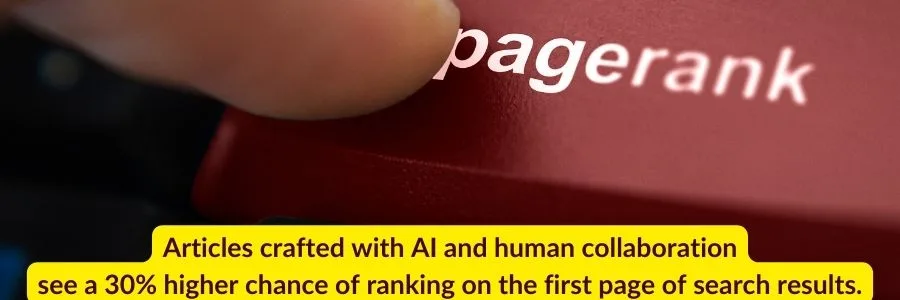
Step 9: Format and Publish
Once your article is polished and optimized, format it for your platform. Ensure proper spacing, font size, and alignment. Preview the final draft to check for any visual inconsistencies before hitting publish. You can ask ChatGPT for additional assistance: “Provide me with a post-publishing checklist to ensure my article is ready for publishing.”
Step 10: Learn and Improve
After publishing, monitor the article’s performance. Use metrics like page views, time spent on the page, and reader feedback to assess its effectiveness. Tools such as Google Analytics can provide valuable insights into these metrics, helping you identify what works and what needs improvement.
You can also use ChatGPT to help refine your process. For example, ask:
- “What improvements can I make to my writing process based on this data?”
- “Suggest ways to re-optimize articles that aren’t performing well.”
By continuously learning from results and applying these insights, you’ll ensure your content strategy evolves and improves over time.
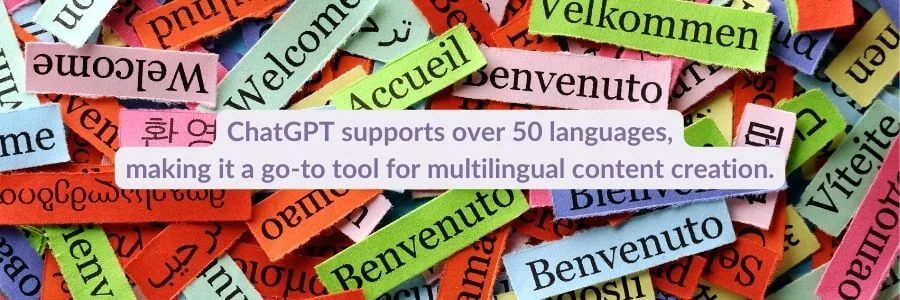
Next Steps: Learn More About Affiliate Marketing
If you’re ready to take your next step in affiliate marketing, our comprehensive guide, How Affiliate Marketing Works, is the perfect resource. Whether you came to this article from that guide or are starting fresh, it covers everything you need to know about affiliate marketing.
In the guide, you’ll learn:
- How affiliate marketing works and why it’s such a powerful income stream.
- The types of affiliate programs available and how to choose the right one.
- Steps to start your journey as an affiliate marketer and begin earning commissions.
If you’re halfway through, don’t stop now—this is where the magic happens!
Learning how to write articles using ChatGPT can transform your content creation process, making it faster, easier, and more impactful. By following these steps and continuing to develop your affiliate marketing skills, you’ll be well on your way to creating content that connects with your audience and drives results. Happy writing!
